School uniforms should be a part of Lab’s dress code
Street clothing can distract students, introduce socioeconomic pressure
While uniforms get rid of individual expressions of identity through clothing, this is worth losing in order to have a welcoming student environment for students from all socioeconomic backgrounds.
June 8, 2020
Waking up each day brings the decision of what to wear, and putting on a button-up and khakis may not sound like the recipe for freedom of expression Lab is so well known for, but students who see their peers walking the halls of U-High wearing Supreme, Yeezys and Gucci can wonder if what they wear is enough to fit in with their peers.
While some feel that school uniforms restrict students’ freedom of expression, they should be a part of Lab’s dress code because school is a place to learn, and it is time to take away the distractions and pressures clothes can bring with them.
For better or worse, what we wear defines us, especially in a school environment. Clothing can send powerful and important messages, from Love is Love to Black Lives Matter, and a uniform may sound like the opposite of honoring diversity, another core value of our school. Lab represents a place where you should be able to be your true, authentic self, but unfortunately, clothes can become more of a barrier than a door when it comes to being comfortable with the resources one has.
It is true that uniforms can be seen to promote conformity over individuality, but they are a way to raise school unity and spirit. Uniforms are most commonly referred to in teams, making sure each player is wearing the same outfit so all can focus on the game or competition. These uniforms foster unity, spark motivation and create a team identity. Consistent and unvarying coordination among students creates a bond that allows students to feel connected.
Uniforms can create a positive and sheltered atmosphere. School is a place to keep students safe and uniforms can help with that. A small study of Ohio public schools found that schools that required uniforms generally had higher graduation rates, fewer suspensions and fewer disciplinary issues, according to The New York Times in 2006. A uniform doesn’t allow students to be bullied or taunted because of what they do or don’t wear. While it is not a particularly pressing problem at U-High, nobody should be afraid to walk into school because of their clothing, and uniforms can serve to prevent that.
Most importantly, uniforms level the playing field for students. In a socioeconomically diverse school, it is impossible not to view the obvious distinction of wealth in what students are wearing.
”The whole point is to have the children to be equal, not to divide the haves and have nots,” said Dr. Joe Haynes, the former superintendent of schools in Greenville, Mississippi, said in a New York Times article in 1997. When everyone is dressed the same, students won’t have to worry about socioeconomic judgments when it comes to clothes.
Diversity, equity and inclusion must be addressed much more directly than years before, and a school uniform can advertise unity and focus students on inclusion.
Although the stress of having the priciest clothes may be eliminated, uniforms can be expensive and difficult for all families to purchase. In order for a uniform to be implemented correctly, it is important for Lab to fully support those in need of financial aid.
School uniforms are the key to more engaged students, who are focused on their ambitions in the future, not afraid of implications that can come from clothes. The percent of students wearing uniforms almost doubled in the past 20 years, according to a study by the National Center for Education Statistics in 2018. Schools understand that the pros outweigh the cons, and have thus implemented them all over the country.
We must continue to promote school systems that emphasize the importance of education instead of material wealth. A uniform will not allow some to wear Gucci belts to school, but that’s exactly why it should be in place.




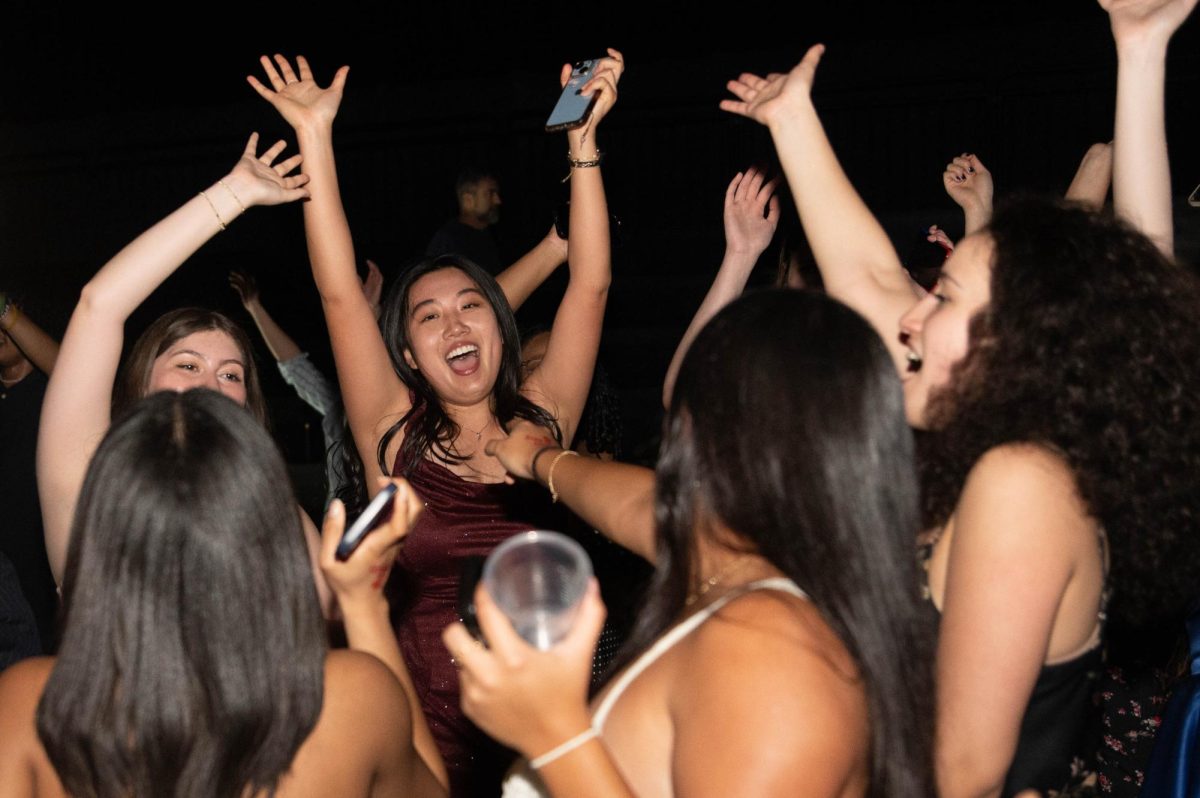














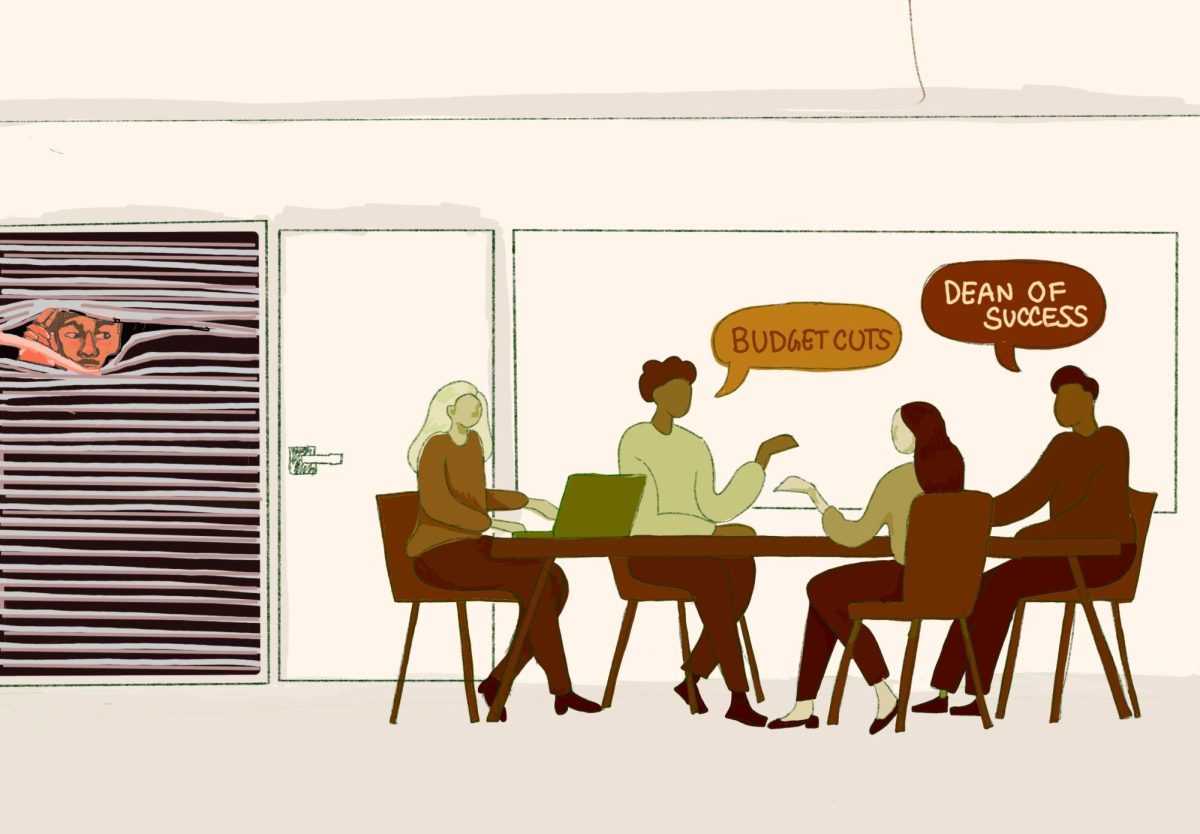



















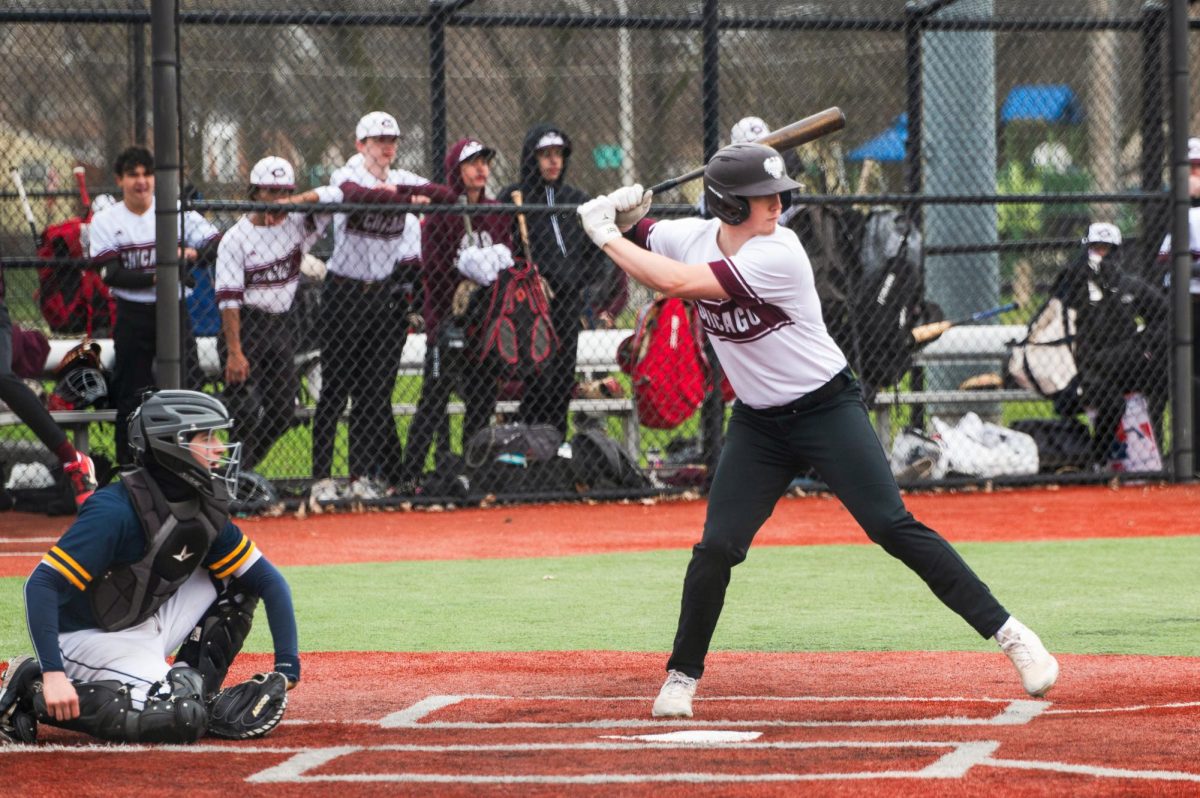



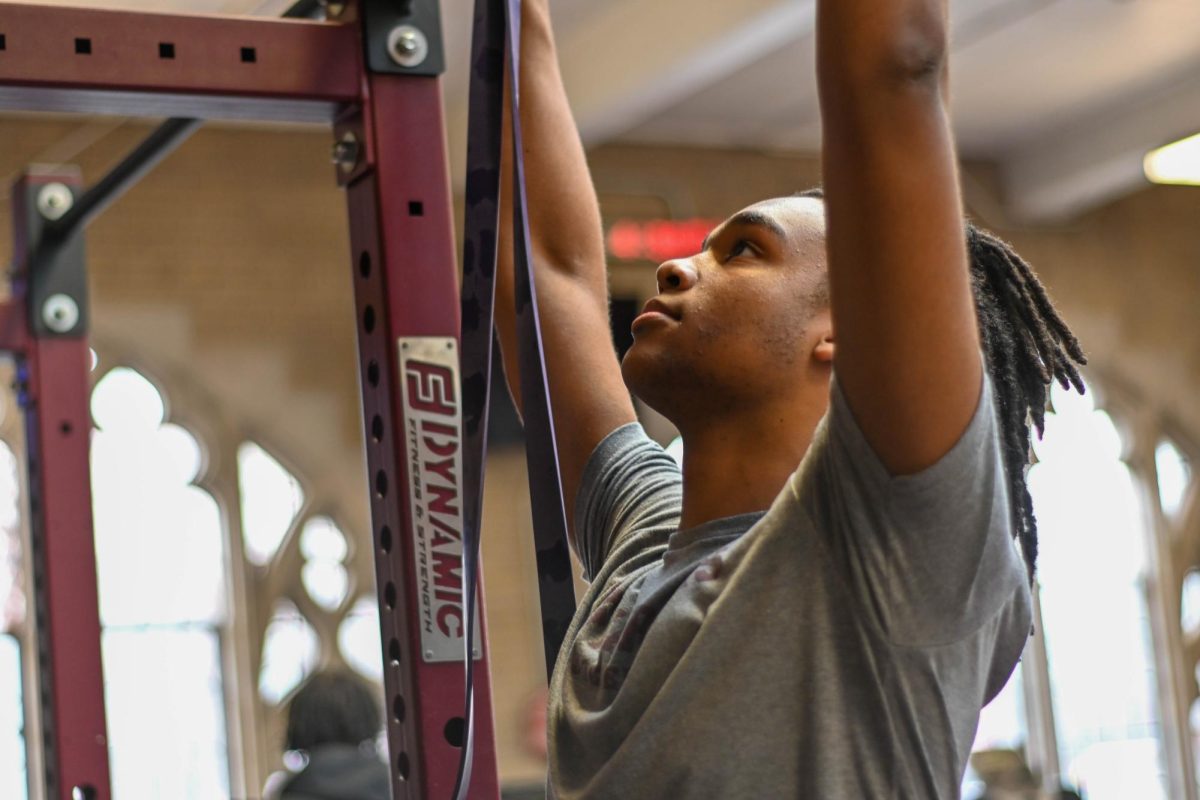











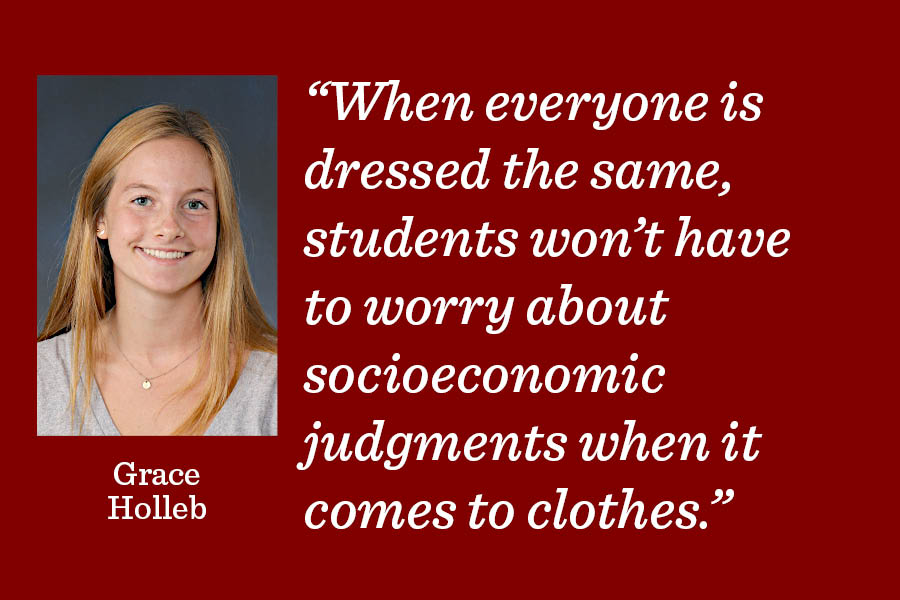








Deborah Allen • Jul 7, 2020 at 11:42 am
Wearing a uniform doesnt change the mindset of students.
Elena Sakman • Jul 7, 2020 at 9:44 am
I totally agree with you. My kids , who are now teens grew up in Turkey, where they had uniforms. They find it easier not to worry what to wear, it is cheaper for parents to buy just a couple of sets rather then something new for every day. I think that individualism in cloth is highly overrated, it’s like a statement ” I am so unremarkable that the only way I can Express myself is the cloth I am wearing”. Uniform stimulates brain to find another way to show what you really are – your knowledge, your hard work, your passion.
George Culver • Jun 8, 2020 at 10:56 pm
Wouldn’t it be more productive to encourage a culture that frowns upon ostentatious displays of wealth? The locking down of expression seems to me to have to potential to hurt much more than it has the potential to help. First of all, uniforms themselves can often be expensive, so you would have to ensure that enough uniforms for every student to be able to wear a clean shirt every day were covered (a cost that quickly grows). Second, it seems to me that you are implying that style and expression are limited to those who can pay for it, which is untrue and erases lots of very innovative and amazing expression made outside of mainstream and elitist circles. Third, I think that losing out on the promotion of causes through fashion destroys a very powerful avenue of political speech, which on its own to me is enough to warrant not having uniforms.
Except in very specific cases (such as hate speech), cultural reform is almost always more effective than administrative forcing in the realm of free speech. If most of us agreed (and I’m pretty sure all of my friends already do) that Gucci and Supreme meant nothing for one’s social status, then we could preserve our good and useful expression and not have a class stigma associated with fashion (which, although I cannot speak to everyone’s experience, I personally have not seen evidence of either in my time at Lab or in your article).
Cheers!
Susan Shapiro • Jun 8, 2020 at 8:22 pm
I attended a school where we wore uniforms for precisely the reasons you give about the social and academic value of uniformity. Personally, I loved not having to think about anything more than whether I was going to wear navy or heather blue knee socks or if the temperature was warm enough for the cotton skirt instead of the wool one. Make-up, earrings, shoes — these all became the signs of distinction. Our brother school required jackets and ties, no bluejeans. The schools (actually one school now) have abolished the uniform rules. I felt a certain sadness when they announced the end of uniforms.
On the other hand, uniforms are entirely UN-Lab. I agree that eliminating the distraction of “who’s wearing what” has value in a purely academic world, but Lab is more than just an academic world. It is a family; dysfunctional, maybe, but still a family. No two family members are exactly alike, even if they share some essential intellectual “DNA.” Being family, we learn to value and accept the different approaches to identity that can come out in what we wear. We have an incredibly liberal dress code. Sometimes it’s a blessing; sometimes it’s a curse. Perhaps what we need to work on is the development of courtesy and kindness in the ways in which we make judgments about how others dress.